Welcome to the hottest part of summer, when the heat and smoke season may have you looking at your yard and thinking that it’s time to upgrade from gas lawn equipment to electric, or to go back to manual tools. Tobie Stanger, a senior editor at Consumer Reports, joins the conversation to talk about the independent, nonprofit product review site’s decision to endorse electric lawn equipment, especially for smaller lawns. According to the National Resources Defense Council, gas mowers, edgers, trimmers, and blowers are noisy, and their two-stroke engines pollute 20 to 300 times more than a car per hour of operation. A 2011 Environmental Protection Agency report concluded that gas lawn equipment emits large amounts of three volatile organic compounds that are known carcinogens, benzene, 1,3 butadiene, and formaldehyde. The environment and our neighborhoods would be better off without gas-powered lawn equipment.

Tobie has covered appliances, generators, lawnmowers, and much more for more than 30 years and is one of the most tuned-in observers of the electrification of consumer products. We’ll find out why Consumer Reports concludes that gas yard equipment still has the advantage in some cases and explore the key features and functionality to look for when choosing electric alternatives to polluting gas equipment. Check out the electric yard equipment brands she discusses when shopping, including Ryobi, Kobalt, Stihl, Greenworks, Husquarvana, and EGO. To find a collection of Consumer Reports reviews of electric lawn tools, visit Gas vs. Electric Lawn Mower: Which Is Better? (membership is required to see product ratings).


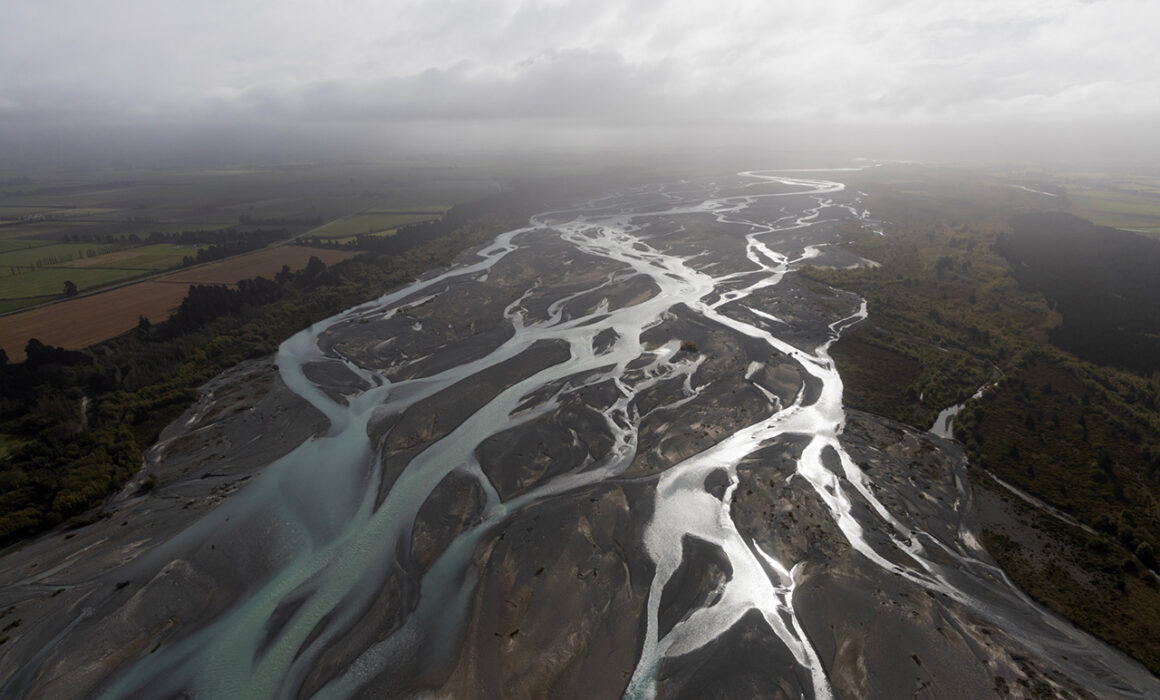

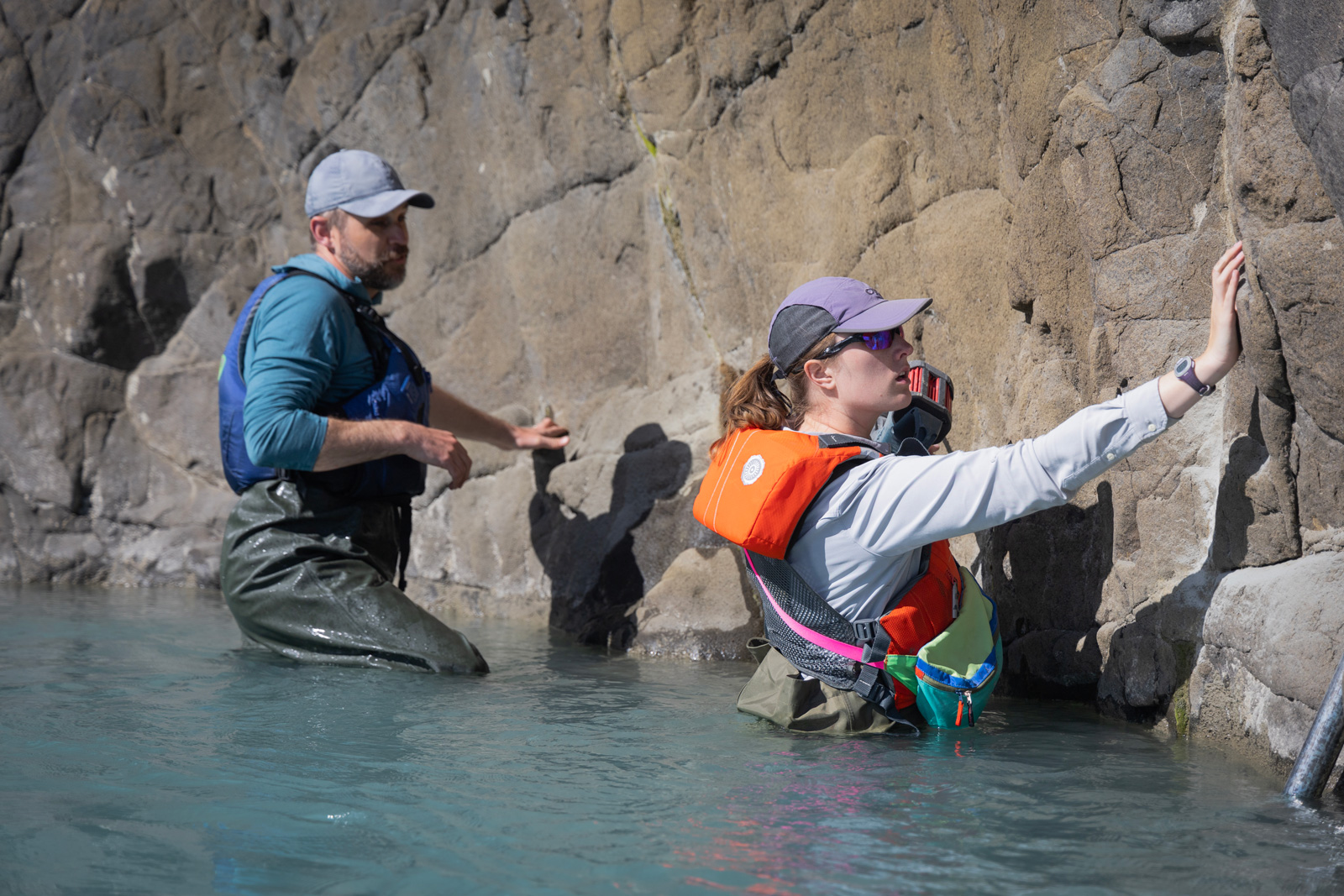

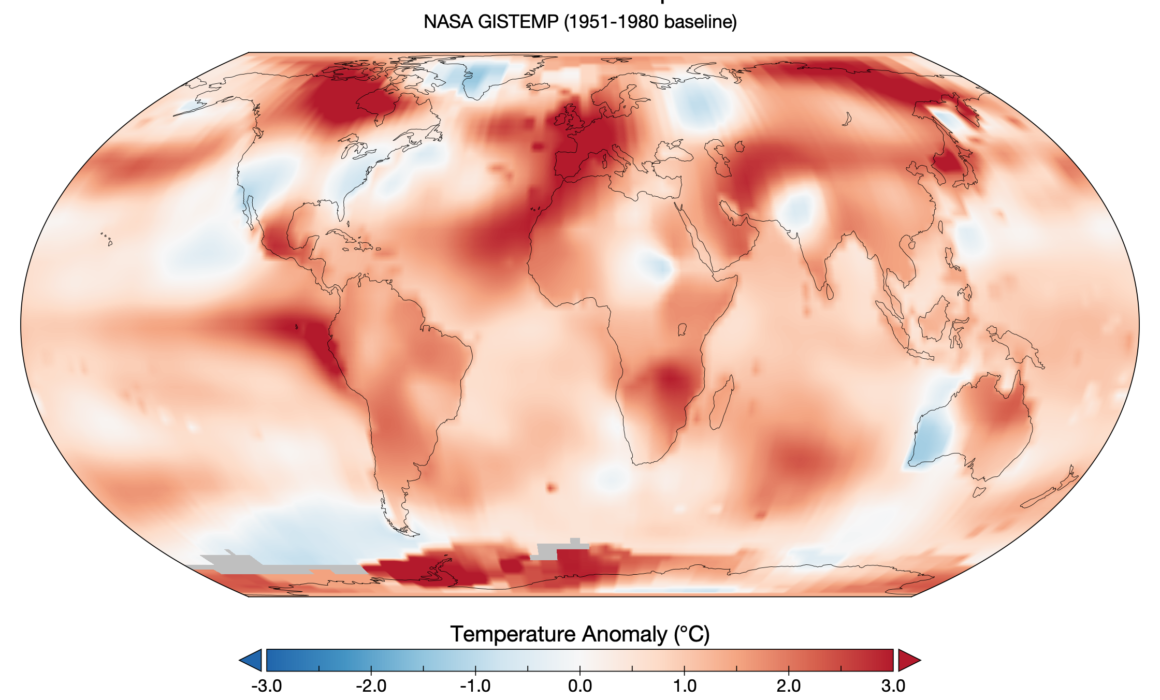



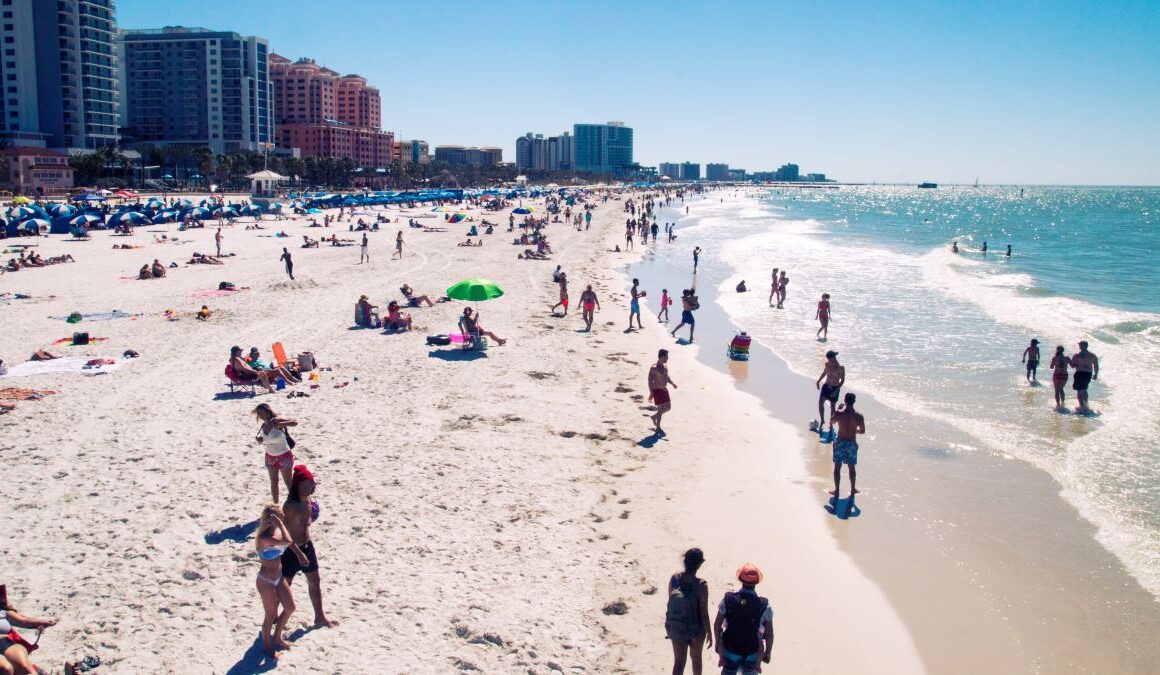

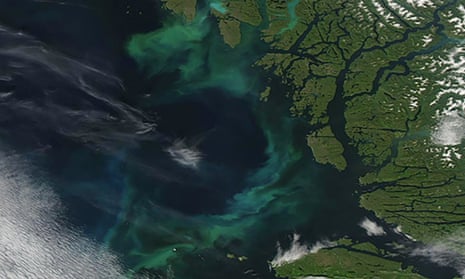




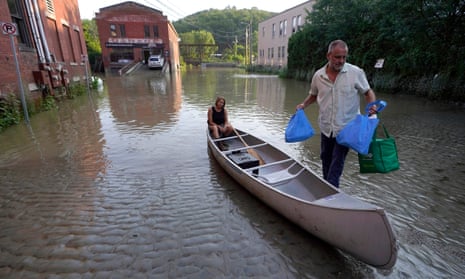



Recent Comments